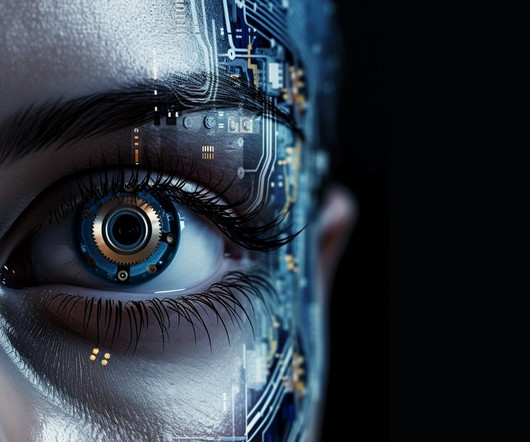Understanding the different types and kinds of Artificial Intelligence
IBM Journey to AI blog
OCTOBER 12, 2023
Unlike basic machine learning models, deep learning models allow AI applications to learn how to perform new tasks that need human intelligence, engage in new behaviors and make decisions without human intervention. Emotion AI is a theory of mind AI currently in development.














Let's personalize your content